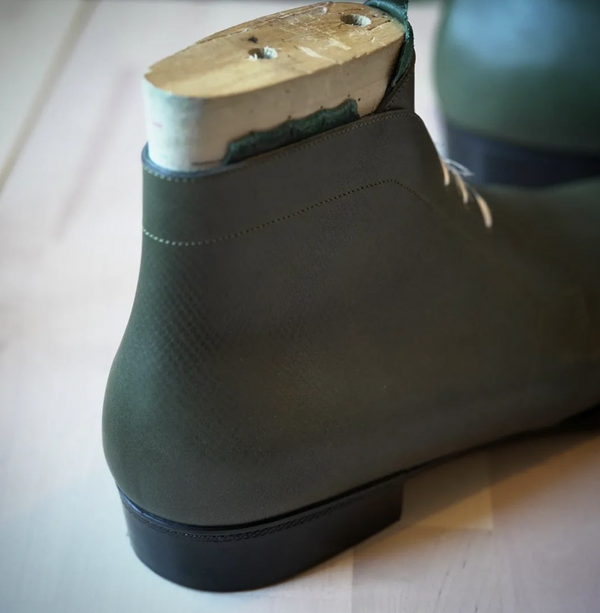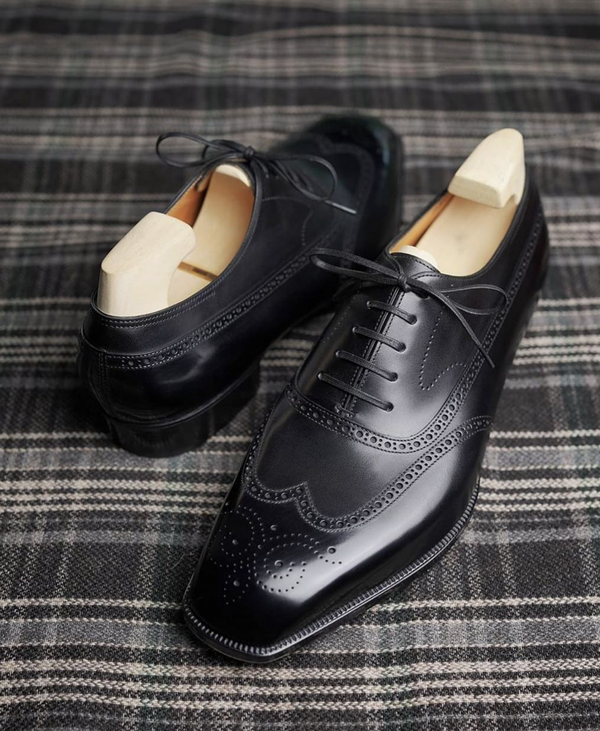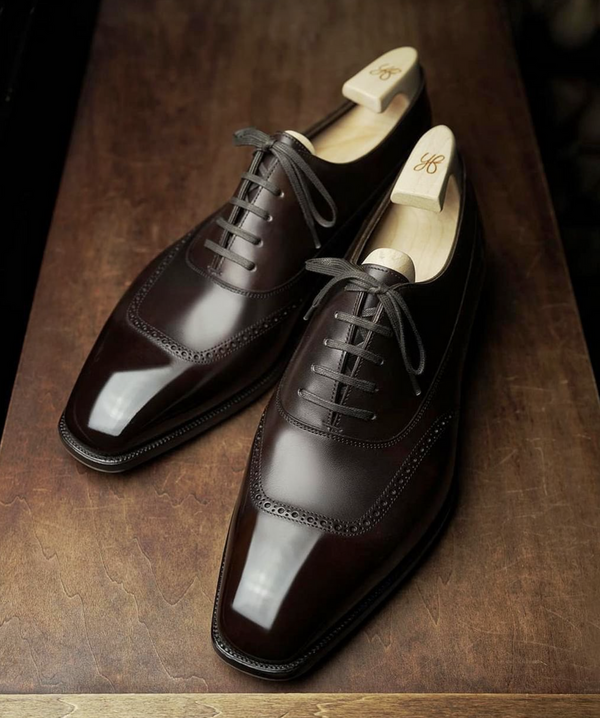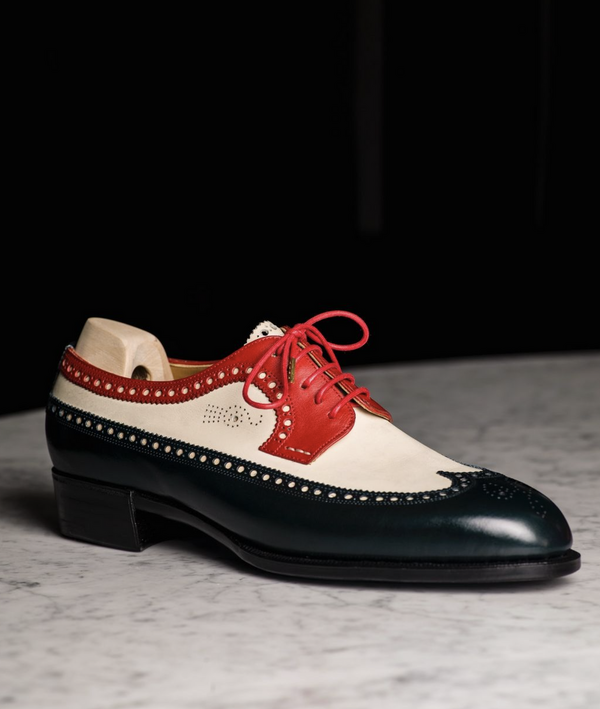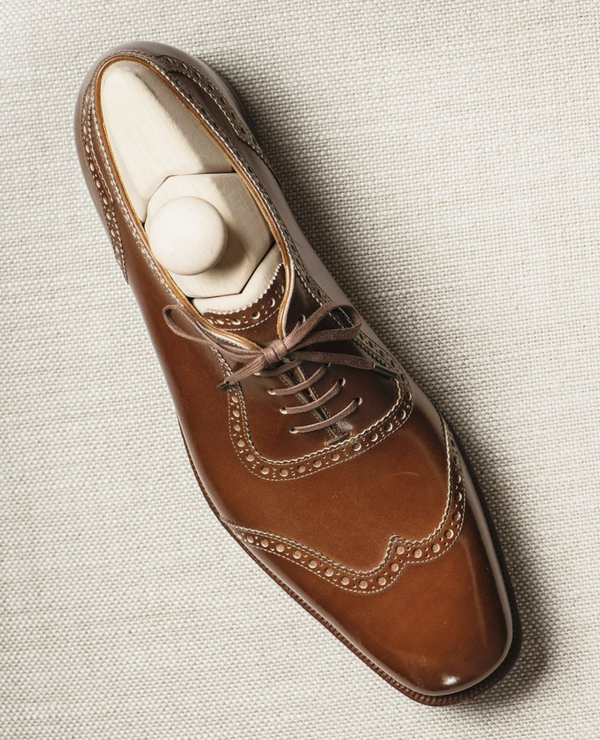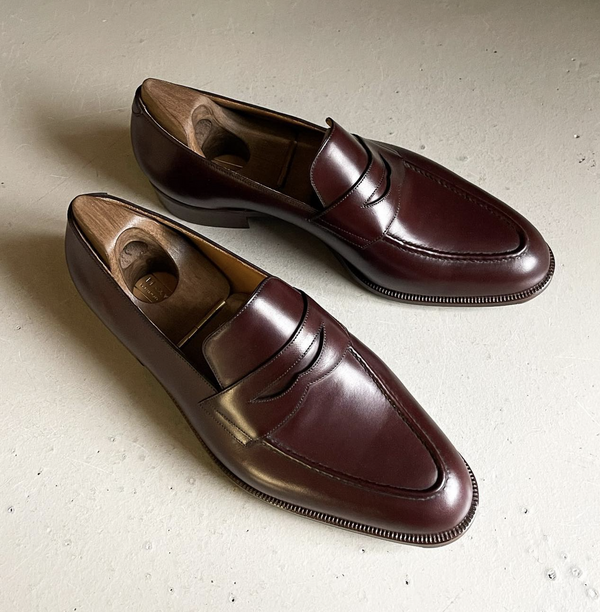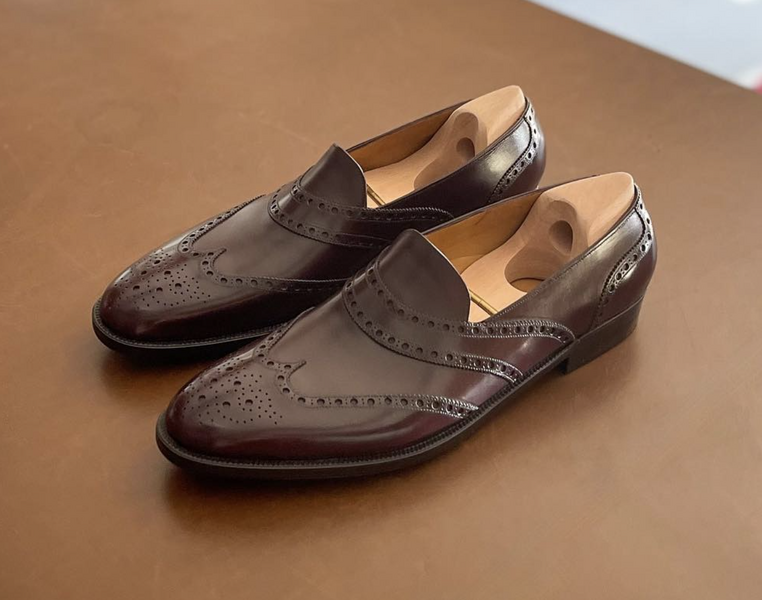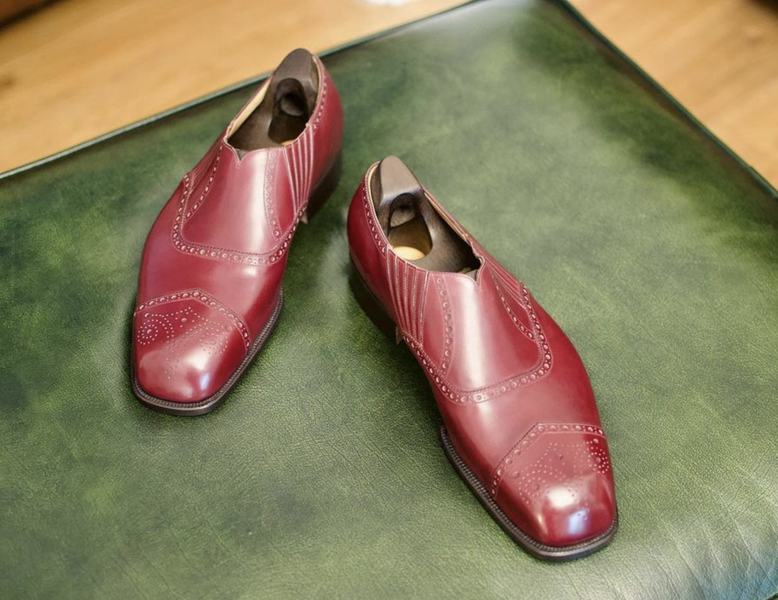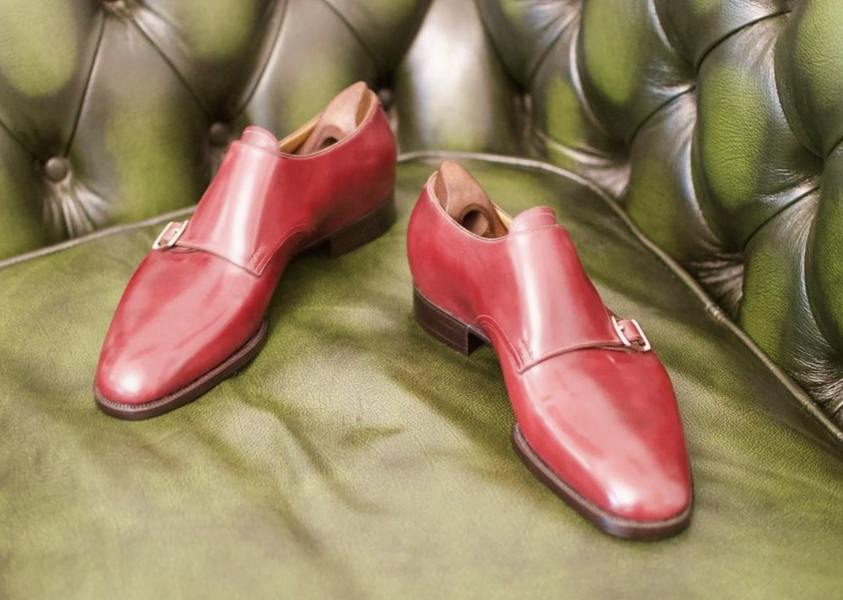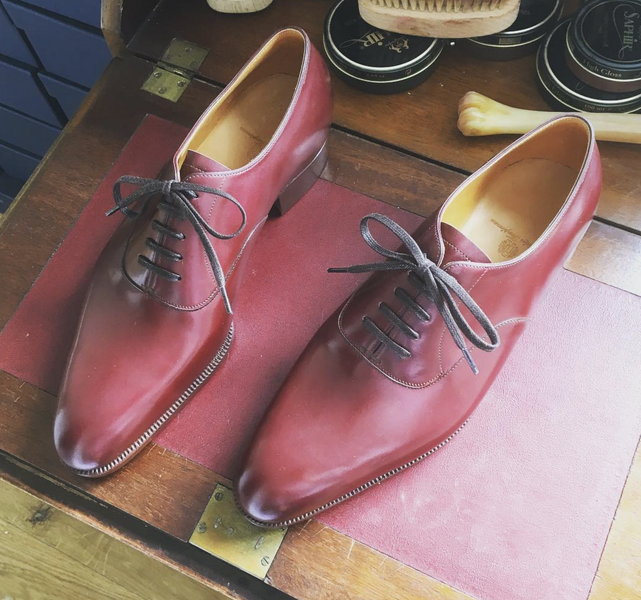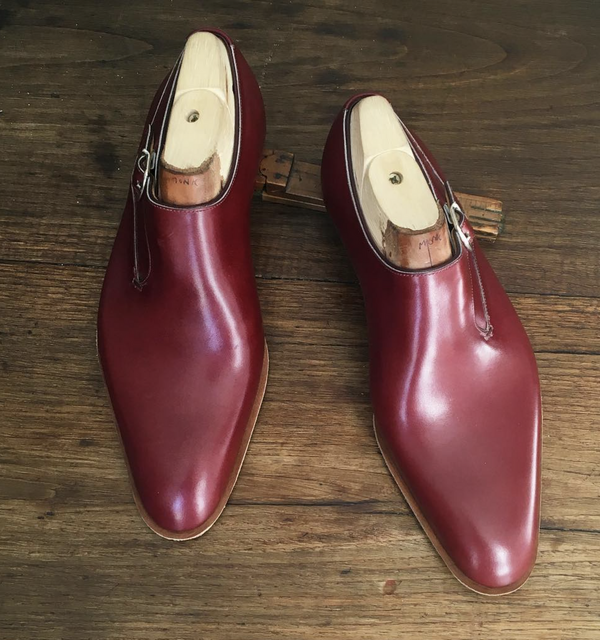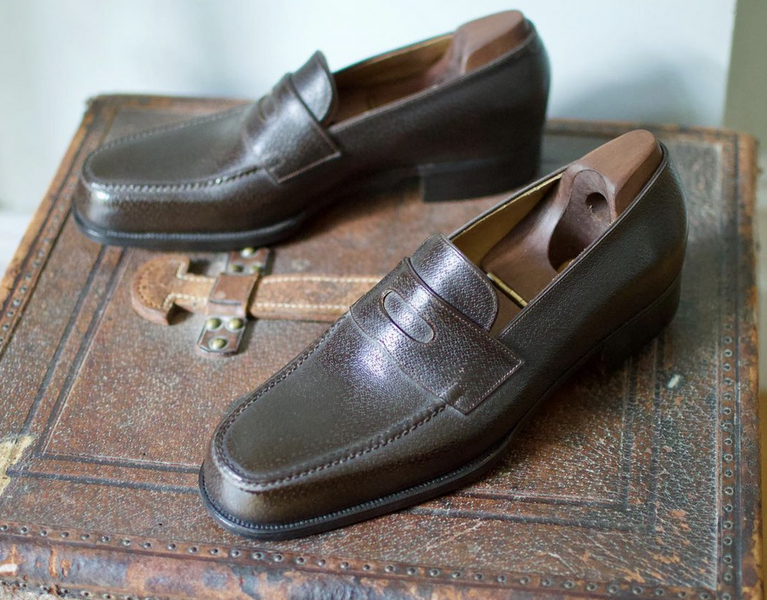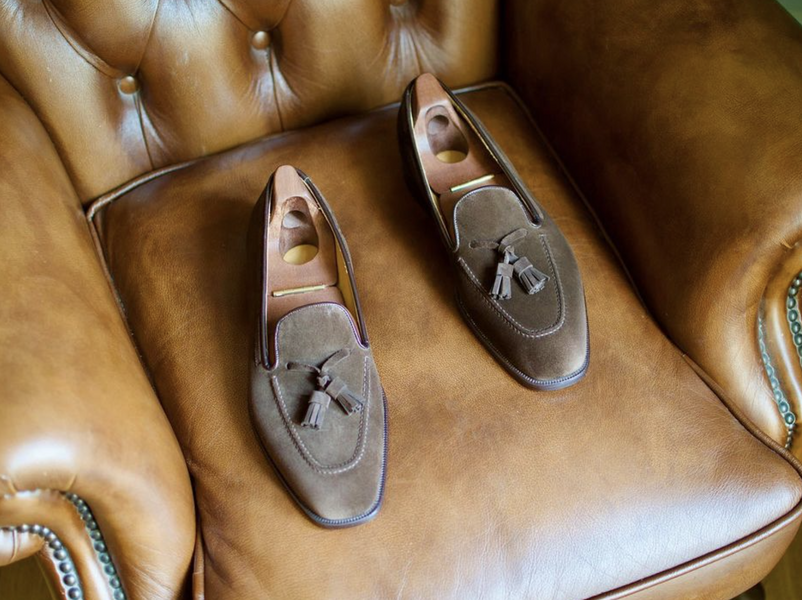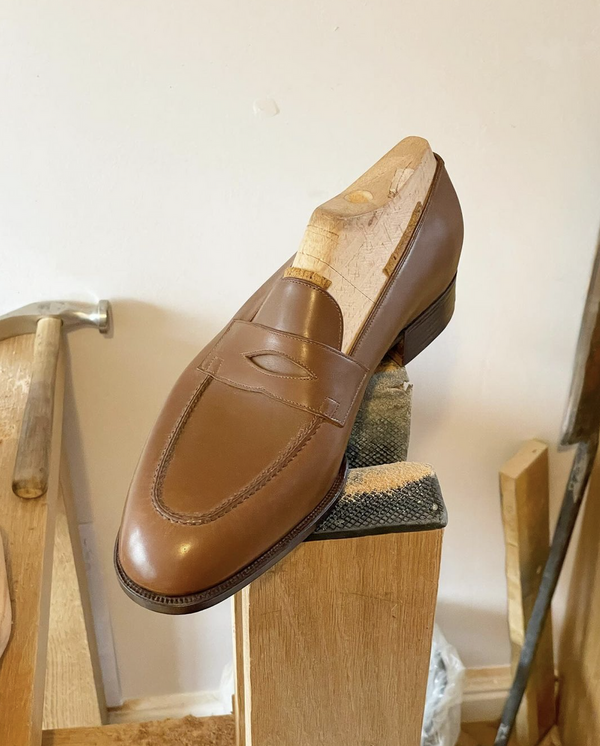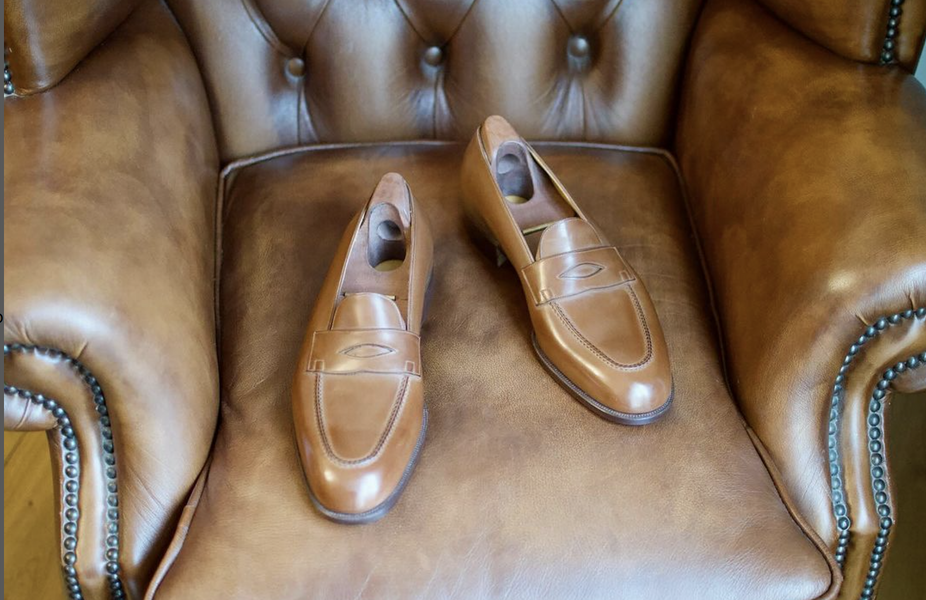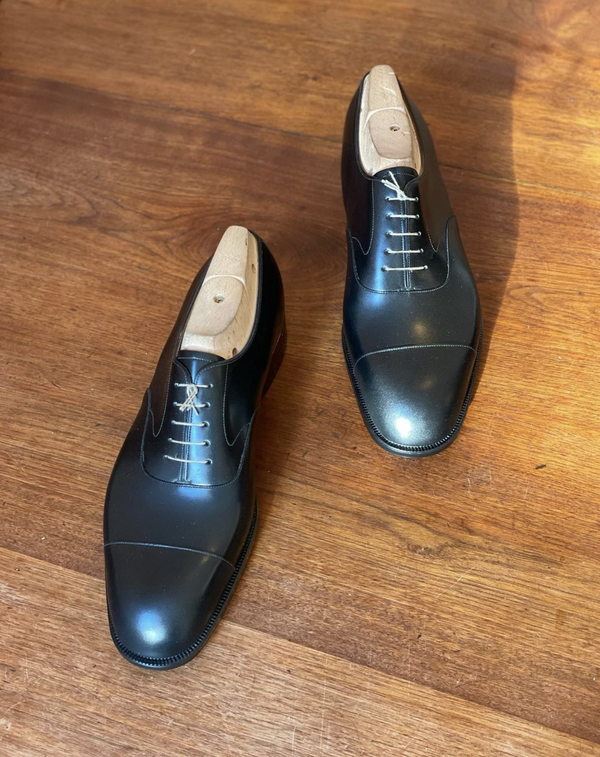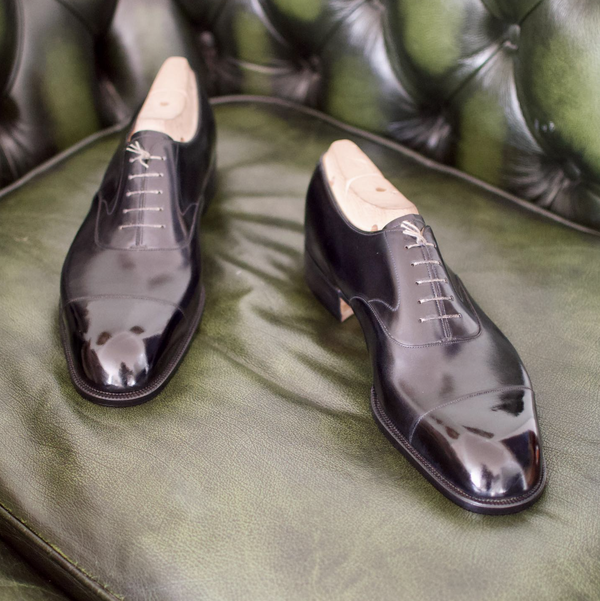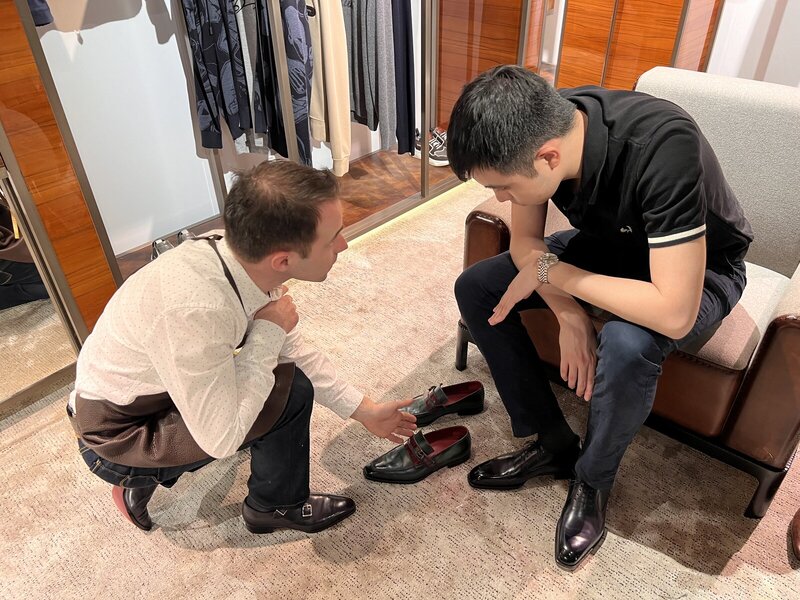- Joined
- Jan 8, 2008
- Messages
- 10,132
- Reaction score
- 5,714
I am trying to understand the benefits of handwelt vs goodyear.
Among others, one of the most important differences I've picked up is that goodyear welted shoes have a limited number of times they can be resoled, whereas handwelted shoes can be resoled many time more, or even forever.
One cobbler has told me goodyear welted shoes can be resoled maybe 3 times, which is not great.
Another has told me it is 20 times, which is practically forever.
So I'd like to ask some members who might have had longer experiences with goodyear welted shoes - how often, if ever, has it happened that a cobbler has told you that your goodyear welted shoes were no longer able to be resoled? How many times have you had a goodyear welted shoe resoled with no problem?
There's so many things that make handwelted superior...
As mentioned, GYW uses a much thinner insole. It doesn't even have to be (and often isn't) leather. A thicker leather insole not only cushions your feet from pebbles and rocks and gravel, in and of itself it makes a deeper more cushioning footbed. Without sacrificing the breathability of the shoe, nevermind the structural integrity.
The reason a HW shoe can be resoled so many more times is that each aspect was designed or eveolved to be either long-term durable or replaceable. No part of a GYW shoe can make the same claim to fame. Whether you resole a shoe once in a decade or once a year it is always more of a sure thing ...all other things being equal...with HW than GY. And if you find yourself in one of those situations where the first resole...coming three months after purchase...is necessitated because you walked in a puddle and wore a hole in a correspondingly marginal outsole (in the case of GYW), the foundation of the shoe (the insole, the construction materials as well as the techniques used to hold the shoe together) will always be more solid and more amenable to reconstruction if the shoe is HW than if it is GYW.
If none of that matters to you...drive on.











